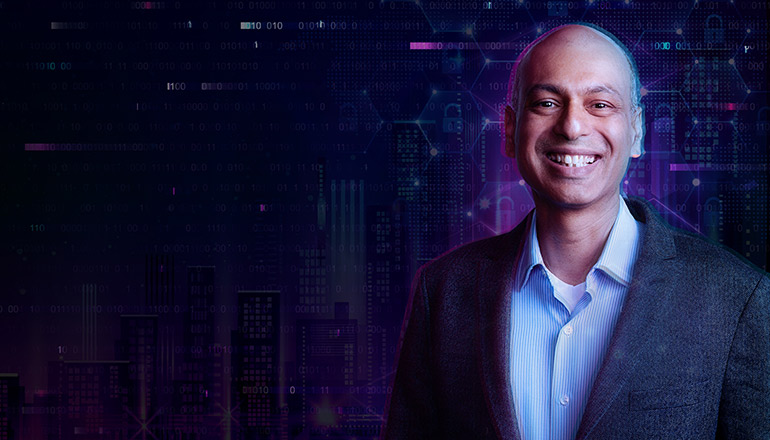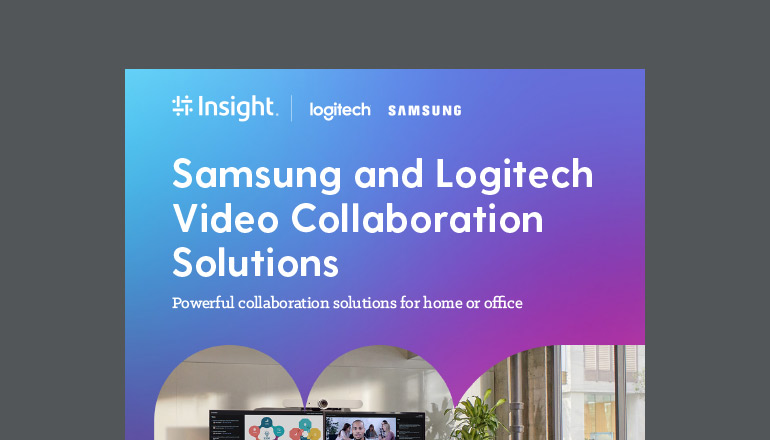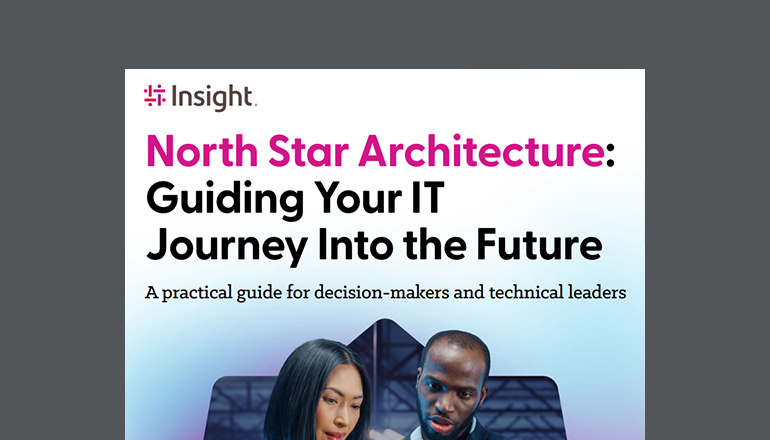Article IT Lifecycle: Boost Efficiency and Save Money
Let’s face it, budgets are tight and the market is competitive. Businesses need to find smart ways to reduce costs while simultaneously innovating for the future. Most companies can achieve this by starting with the basics — streamlining operations and optimizing the device lifecycle process.
By Heather Horn / 15 Jun 2017 11 Jun 2020 / Topics: Devices Managed workplace Modern workplace

At the end of the day, you’re responsible for keeping the lights on, as well as transforming your IT infrastructure to meet the needs of the future. Finding time for regular IT maintenance and support can be a struggle when you’d rather focus your resources on driving the future of the business.
While IT lifecycle management may not sound particularly exciting, optimizing this process is one of the simplest ways to increase IT efficiency and cut unnecessary spend. If you want to save time and money, this is the best place to start.
What is IT lifecycle management?
The modern workplace is full of technology endpoints, from desktops to mobile phones and everything in between. Keeping up with the delivery, maintenance, support and recycling of all these devices is the process we define as IT lifecycle management.

The whole process is composed of six steps, as seen in Figure 1. Here’s a detailed breakdown of what each step should include:
Plan: Any good IT lifecycle process should start with strategy. This phase should outline the business goals, examine the company’s current state and make decisions based on where the company wants to go in the next few years. This step is all about designing the right fleet program for your business.
Procure: Ideally, you can manage IT purchasing through an intuitive e-procurement platform and receive products quickly from a partner with flexible warehousing solutions and options for financing and leasing devices. Whatever the case, the idea is to streamline purchasing and enforce IT governance policies. This will improve efficiency and prevent spending on unauthorized, “shadow” IT.
Configure: Once you’ve procured the hardware, the next step is to provision your devices to meet specific endpoint needs. This can be done in-house if your IT team has the time and facilities to manage it, or you can rely on an IT services provider. If you choose to lean on a services provider, look for a partner with the right capabilities to understand and deliver for your environment. You’ll want a partner who can help with IT storage, asset tagging, kitting, staging, imaging and installs if necessary.
Deploy: Next up, you’ll need to get the right devices to the right people at the right time. You or your IT services provider will need to handle all the logistics, such as shipping, delivery and setup. If you choose to use a third party for deployment, make sure to check if they offer flexible project scheduling and real-time status reporting.
Manage & maintain: Once the products are installed, they’ll inevitably need support. This stage should cover technical support for endpoint functionality, including break/fix , device swaps and warranty management. Aside from the physical condition of the device, this stage should also address end-user support for anyone who may need help using the device.
End of life: This may be the most overlooked area of the product lifecycle. After assets have been retired, they should be moved out of rotation and off the books. Assets can be remarketed for maximum financial return, or they’ll need to be properly disposed of and recycled, with guarantees that meet data security and environmental requirements. In the case of a lease, lease-end processing is an important consideration that can create unnecessary costs if not managed correctly.
There’s a lot to juggle.
IT lifecycle management is certainly a process — and a never-ending one at that. However, it truly is the foundation of any well-managed, modern workplace. As Figure 2 illustrates, Insight considers device lifecycle optimization to be a key ingredient for workplace transformation.

Getting this process right can help businesses control IT spending, eliminate shadow IT and deliver a seamless, consumer-like experience for employees. So what’s stopping companies from efficiently managing their IT lifecycle? Here are the most common challenges:
- Controlling time and cost to manage devices
- Ensuring consistent, modern end-user experiences
- Tracking and keeping up with device refresh cycles
- Supporting device health with proactive maintenance
If any of these challenges are preventing you from fine-tuning your device lifecycle, then it’s time to call for backup. Consider looking for a partner who can help you unlock the most common business outcomes of an efficient IT lifecycle process:
- Modernize, manage and scale more easily.
- Reduce downtime and internal workloads.
- Increase device availability and employee choice.
- Deliver out-of-the-box experiences that resemble consumer technology.







